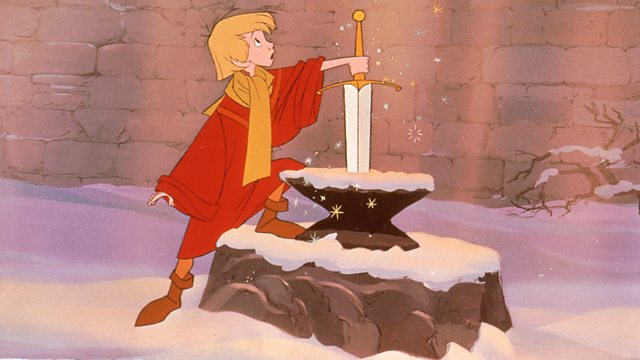Nature vs. Nurture in Merlin
By Abigail Levasseur
Nature
Arthurian romances are known to place value on royal/noble blood. For instance, a king should marry a princess or a woman belonging to an esteemed family. This is why most marriages are for duty rather than love, as is evident in the marriage between King Arthur and Queen Guinevere. The medieval writers believed that “blood runs thick.”
My point extends to the story Merlin in Sir Thomas Malory’s King Arthur and his Knights. The tale is more commonly known (thanks to Disney) as “The Sword in the Stone.” In the tale, King Uther desires a male heir so much that he consults the wizard Merlin. Uther’s next move is to slaughter the duchess Igraine’s husband and sleep with her, and thus impregnate her. King Uther’s excessive methods show the value of a royal bloodline. Uther could not grant the throne to a trustworthy comrade or an adopted son, and because this is a monarchy, democracy was off the table. Thus, Uther had no choice but to consult a higher power to continue the royal bloodline. The case of “blood” is even more interesting because Uther’s son, Arthur, is raised by Sir Ector, who is not of or related to royal blood. As King Uther lies on his deathbed, he decrees that Arthur shall be the next king of the land, despite Arthur being two years-old and living with another family. Magic is introduced again with the “sword in the stone” that reads “whoso pulleth out this sword of this stone and anvil is rightwise king born of all England” (p.9). The sword is Uther’s insurance policy to make sure his blood runs in the next king’s veins. When Arthur retrieves the sword, and realizes his true parentage, the kingdom is disappointed that young Arthur was not raised by high blood. But, as the story goes, possessing high blood is more important than being raised by it. This is another example of how royal blood matters more than maturity, honor, strength, wit or any other virtue a king should hold.

Nurture
Interestingly enough, the story Merlin also brings the “nurture” question into play. When Arthur discovers Sir Ector is not his true father, he says, “ye are the man in the world that I am most beholding to, and my good lady and mother your life that as well as her own hath fostered me and kept” (p.11). Despite the lack of blood relation, Arthur identifies Ector as his father and Sir Kay as his brother. This view is very characteristic of modern adoption, where “mother” and “father” figures are the people who raise, shape, and influence who you are. Parents are more than the sperm and the egg, and Arthur identifies with this. Additionally, being nurtured by the same woman is supposed to create a brotherly bond for life. We see this bond in Khaled Hosseini’s The Kite Runner, where two Afghan boys (Amir and Hassan) of supposedly different parentage are nurtured by the same servant lady. The saying goes, “there was a brotherhood between people who fed off the same breast, a kinship that not even time could break” (Hosseini, p.10). This kinship also occurs between Sir Kay and Prince Arthur. While I can’t say fifteenth century England held “sharing a breast” in the same regard as twentieth century Afghanistan, it is an interesting connection. It’s almost admirable that Arthur holds his “foster” family in high regard, and doesn’t turn his back on them for the palace. Instead, they earn a place by his side, showing that “nurture” was also a defining trait of the word “family” in Arthurian time.





